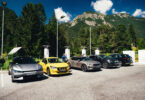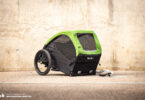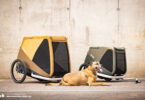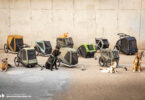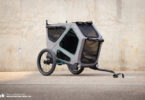Rider Types
Below, we discuss five different ebiker types. Our aim in making these categorisations is not to pigeonhole certain users and specific models. If in any doubt, the exception proves the rule and in the real world, mixed types undoubtedly exist. However, these distinctions should help you figure out which ebike fits which set of needs. Check out our current ebike group test for more information and buying advice.
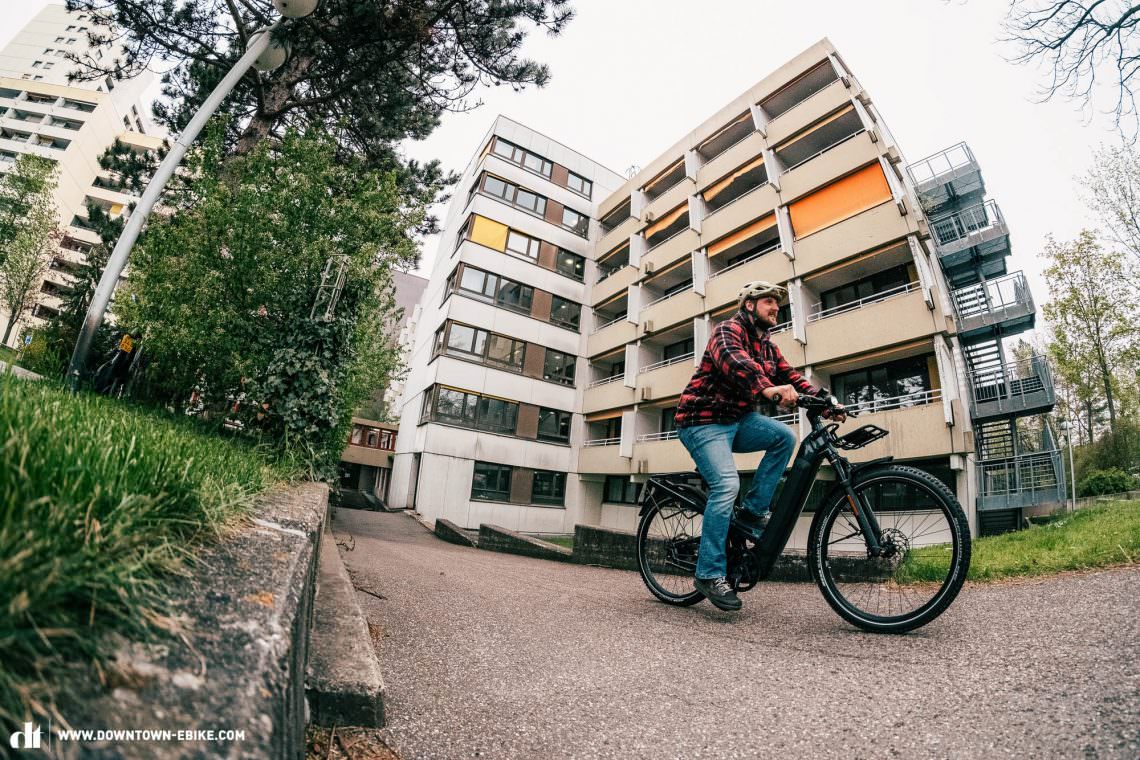
The trans-urban mile muncher
… or the regular long-distance commuters. Your usual commuting distance is more than 15 km each way and you use your bike every day. Your ebike is used as a means of transport and is a real alternative to a second car or public transport. Practicality, reliability and utility win out over the ultimate bling factor because it’s primarily a functional machine
| Important | Unimportant |
|---|---|
Motor & battery
|
Look
|
Handling
|
Price
|
Spec
|
Parking
|
Comfort
|
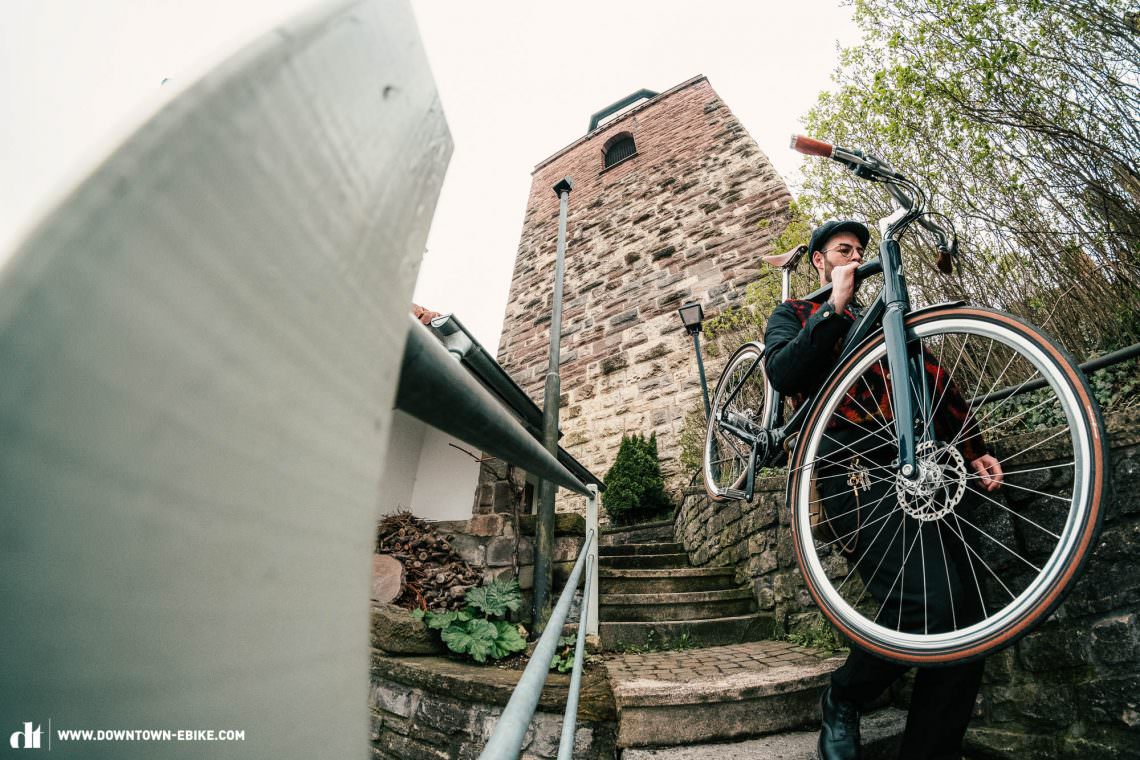
The stylish city explorer
This type of ebike unites experts and early adopters from both the fashion and tech scenes. As hip trendsetters, they know exactly how to ride with style. Sci-fi, hi-fi, Wi-Fi – they know exactly what they’re talking about and can easily play the keyboard while half asleep. With a tendency to live out their passions eccentrically, emotional decisions come before rational ones.
| Important | Unimportant |
|---|---|
Look
|
Handling
|
Handling
|
Cargo
|
Connectivity
|
Comfort
|
Motor & battery
|
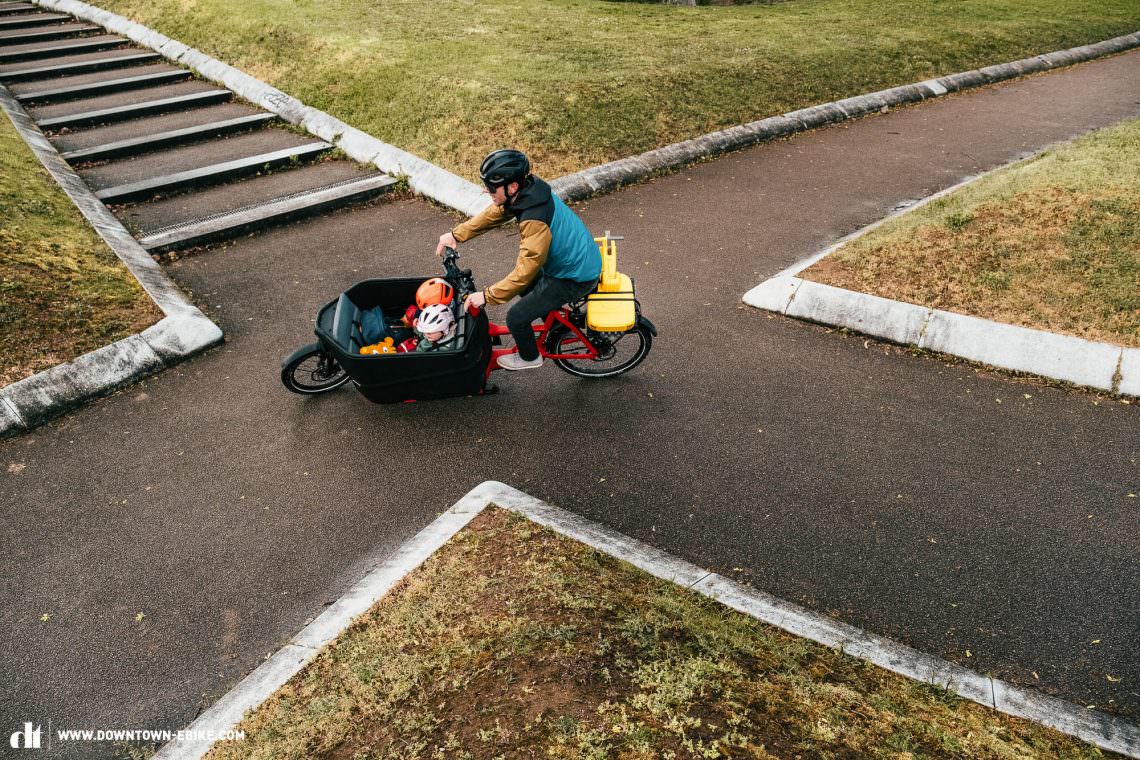
The transporter
Take the kids to kindergarten, head to the weekly market and later get a crate of beer – no problem for this type of ebike, even without a car. These riders love to combine things: rational and emotional motives go hand in hand because investments are made on the basis of knowing what they want and getting a suitable vehicle that suits their vision and mission.
| Important | Unimportant |
|---|---|
Cargo
|
Connectivity
|
Motor & battery
|
Acceleration & speed
|
Spec
|
Look
|
Handling
|
|
Comfotz
|
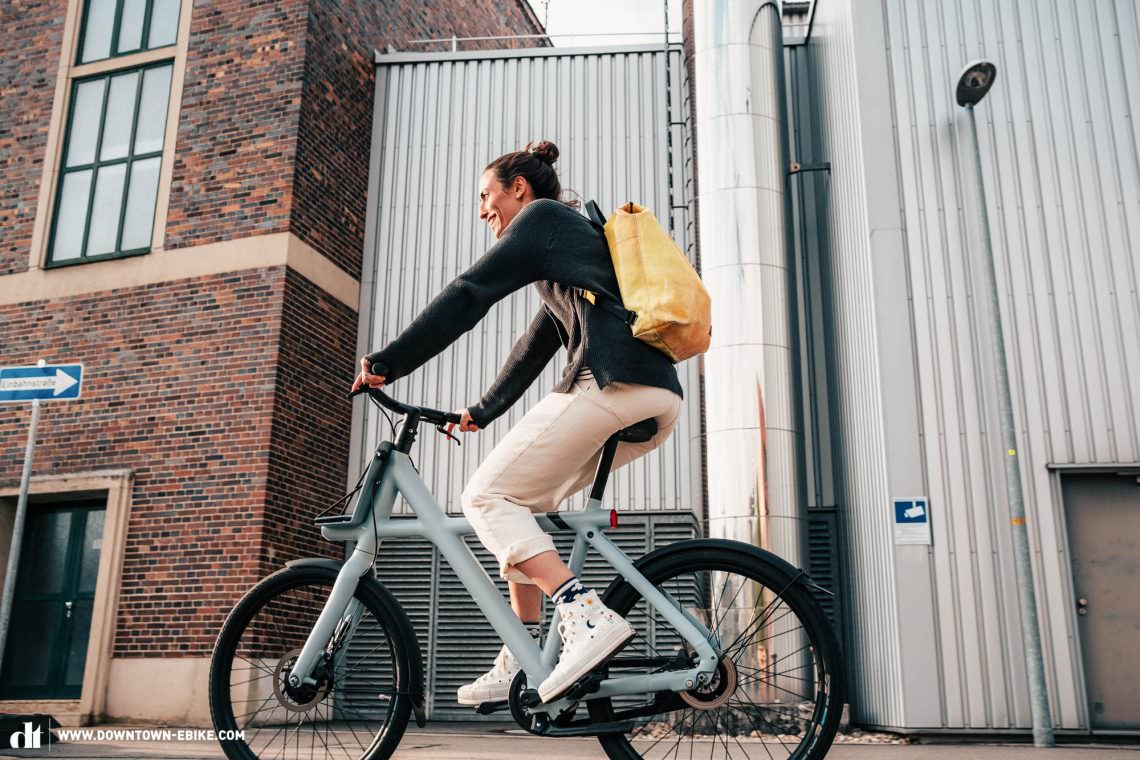
The short distance whizz
You live in a 15-minute city like Paris. This means that all your daily needs are within a 15-minute radius by foot or ebike. For short distances of less than 2 km, you aren’t afraid to simply walk. For medium distances of up to 10 km, you get on your bike. Longer distances are easily covered with a mix of public transport and your bike. Short-distance bikers are active/sporty people who never want to commit to one thing, maintain a flexible lifestyle and like to be inspired by impulses. Due to limited space in the city, they often don’t have a car and if they do, it is mainly used for pleasure.
| Important | Unimportant |
|---|---|
Handling
|
Cargo
|
Handling
|
Motor & battery
|
Spec
|
Comfort
|
Connectivity
|
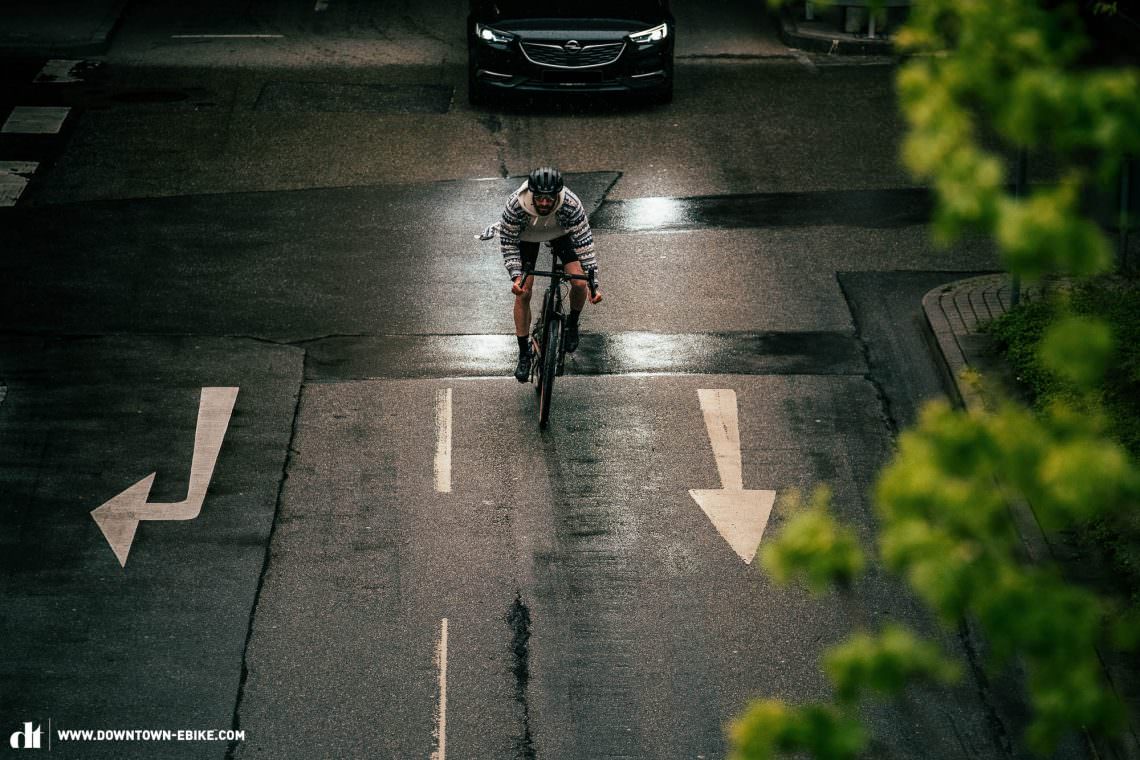
The passionate/recreational cyclist
You have significant biking experience and enjoy riding sportily. This group encompasses mountain bikers and trail shredders, road bike fans and Strava heroes, as well as touring fans who enjoy (rural) excursions into the countryside outside the city. You change into sports gear for your daily commute before showering when you get there because you enjoy working on your fitness. Your bike is used for commuting during the week as well as for tours at the weekend and is a means of transport and sports equipment all in one.
| Important | Unimportant |
|---|---|
Handling
|
Cargo
|
Connectivity
|
Parking
|
Motor & battery
|
|
Comfort
|
Words & Photos:

